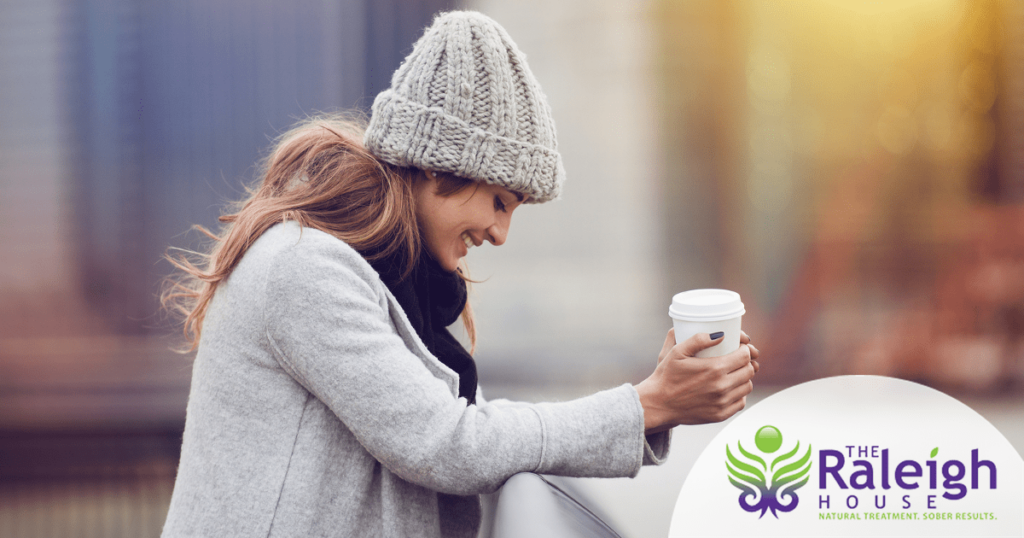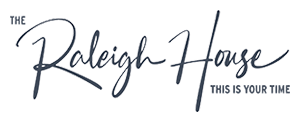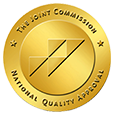
It wasn’t until 1984 that a name was first given to Seasonal Affective Disorder (SAD). It’s defined as a seasonal pattern of major depressive episodes—and it can be debilitating. It’s also fairly common, affecting about 6 percent of Americans.
For obvious reasons, it occurs more frequently up north, in places like New York City.
The good news is that it’s treatable.
Treatment of Seasonal Affective Disorder
There are numerous strategies that can help SAD, but before we get into them, it’s important to point out that SAD isn’t just the blues. It’s depression—and treatment should be administered by your doctor.
The three main forms of treatment are light therapy, cognitive behavioral therapy and medication.
Light Therapy
Light therapy involves sitting by a special light box for 30 minutes a day, as soon as possible after waking up. More than 60 studies have proven that light therapy helps alleviate symptoms of depression, according to The New York Times.
Cognitive Behavioral Therapy
It’s one thing to treat SAD year after year, but it’s quite another to disrupt the cycle—and keep it at bay. And that’s exactly what cognitive behavioral therapy can do, according to a study done at The University of Vermont.
So what exactly is cognitive behavioral therapy? According to the National Alliance on Mental Illness, it “focuses on exploring relationships among a person’s thoughts, feelings and behaviors.” A therapist actively works with you to uncover unhealthy patterns of thought, and how they may be causing self-destructive behaviors and beliefs.
For example, if someone says they’re miserable because they hate winter, a therapist might ask if the client ever remembers doing something fun in the winter and help devise a plan to experience fun again. Slowly, by changing your thoughts and behaviors, you can change your feelings—and that’s the heart of cognitive behavioral therapy.
Medications
Some people with SAD benefit from anti-depressants, which gives you and your doctor one more tool, if needed, to fight seasonal depression.
Coping with Seasonal Depression
While they don’t replace the above treatments, there are definitely things you can do to feel better. Working out, eating right, going for walks in Central Park … they’re all every day steps you can take to bolster your mental health.
The great news is, you live in New York City. That means you have cozy cafes, world class museums and every possible type of fitness class within minutes of your home.
Seek treatment, take advantage of the world around you and, remember, dreary days don’t last forever.
Hope and Healing at The Raleigh House
The Raleigh House is a residential treatment center located in Denver that believes addiction isn’t just a physical problem. Our master’s level trained therapists get to the root cause of addiction and will help you develop a strategy to manage and enjoy life without drugs or alcohol. Fill out our form or contact us today to learn more about our 90-day drug and alcohol addiction treatment programs.




